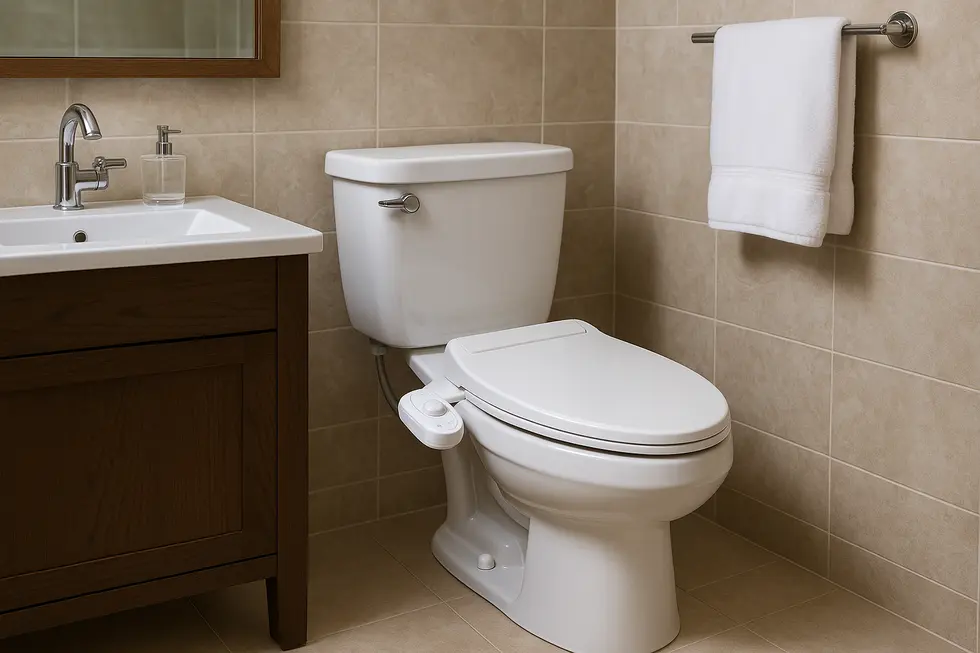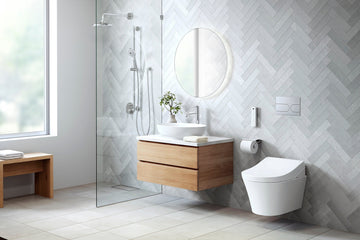In the ever-evolving world of sanitation, innovative odorless toilets have emerged as a game-changer. As Industry QA professionals, understanding the intricacies of these advanced toilets is crucial. By addressing common sanitation challenges, these toilets promise a more pleasant and hygienic bathroom experience. The rise of this technology not only marks a significant leap in design but also in environmental considerations, ensuring a sustainable future for all.

What Makes These Toilets Odorless?
At the core of innovative odorless toilets is advanced technology that effectively traps and neutralizes odors. This is achieved through a combination of built-in air purifiers and specialized filters. Such features ensure that unpleasant smells are immediately addressed, enhancing the overall bathroom experience. This technology is not just about comfort; it also plays a pivotal role in maintaining hygiene, making it a perfect fit for homes, offices, and public spaces.
Technological Advancements in Odorless Toilets
One of the standout features of these toilets is their integration with modern technology. Many models come equipped with sensors that detect when the toilet is in use, activating the odor-neutralizing system. This not only conserves energy but also ensures the system's longevity. Furthermore, some toilets are now being designed with gesture-controlled systems, allowing for a seamless and contactless experience.
Environmental Benefits
The environmental impact of traditional toilets has long been a concern. However, with innovative odorless toilets, there is a significant reduction in water usage. Many of these toilets use advanced flush systems that require less water, making them an eco-friendly choice. Additionally, the materials used in their construction are often sustainable, further reducing their carbon footprint. This makes them an ideal choice for those looking to reduce their environmental impact.
Industry Implications and Future Prospects
For Industry QA professionals, the rise of innovative odorless toilets presents both challenges and opportunities. Ensuring that these toilets meet quality standards is paramount. As these toilets become more prevalent, there will be a growing demand for professionals who understand their intricacies. This not only includes understanding their technical aspects but also ensuring they meet environmental and hygiene standards.
The future of sanitation is undoubtedly exciting, with continuous advancements being made. For instance, companies are now exploring voice-activated flush systems, further enhancing user convenience. Such innovations promise a future where bathrooms are not only more pleasant but also more efficient and environmentally friendly.
Challenges in Implementing Odorless Technology
Despite their benefits, implementing innovative odorless toilets is not without challenges. One of the primary concerns is cost. These advanced systems often come with a higher price tag, making them less accessible for some. Additionally, ensuring consistent performance and reliability is crucial. Regular maintenance and quality checks are essential to ensure these toilets function as intended.
Another challenge lies in user adaptation. While these toilets offer numerous benefits, users may initially be resistant to change. Educating the public on the advantages of odorless technology and its environmental benefits is crucial in driving widespread adoption.
Global Impact and Adoption
The global sanitation landscape is rapidly changing, with many countries recognizing the benefits of innovative odorless toilets. From urban centers to rural areas, the demand for cleaner and more efficient sanitation solutions is growing. Countries like Japan and South Korea have been at the forefront, integrating advanced toilet technologies in public and private spaces.
As more regions adopt these technologies, the potential for improved public health and environmental conservation increases. By reducing the spread of germs and minimizing water usage, these toilets play a vital role in achieving global sustainability goals.
For a deeper dive into the latest toilet innovations, check out this article on Architonic.

FAQ Section
How do odorless toilets work?
Odorless toilets use a combination of air purifiers and filters to neutralize smells, ensuring a fresh environment.
Are odorless toilets more expensive?
While they might have a higher upfront cost, their long-term benefits in terms of hygiene and environmental impact often justify the investment.
What are the environmental benefits?
These toilets reduce water usage and often use sustainable materials, making them an eco-friendly choice.
This article contains affiliate links. We may earn a commission at no extra cost to you.






